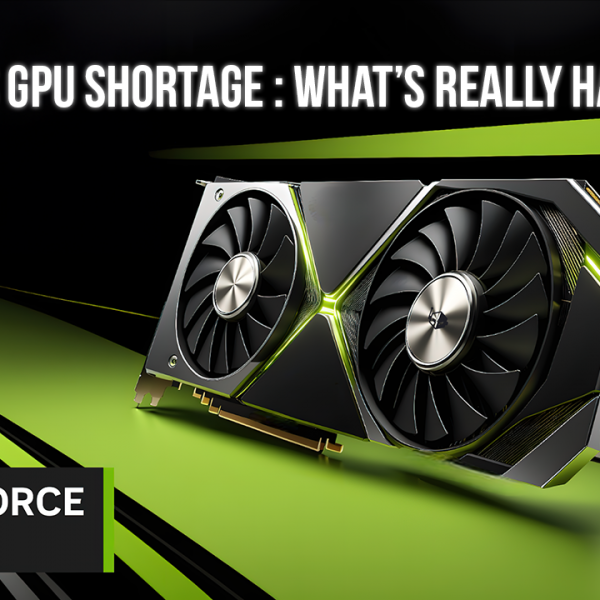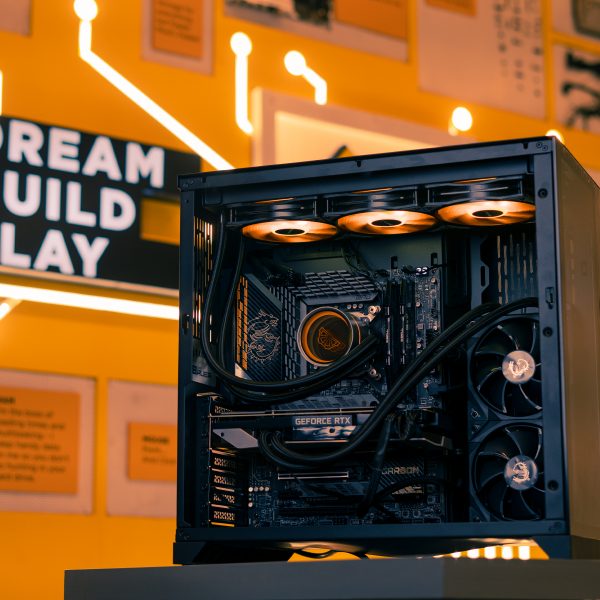AI is expensive—at least, that’s what we’ve been led to believe. Training models like ChatGPT used to require billions of dollars, massive data centers, and tens of thousands of high-end GPUs.
But DeepSeek R1, a new chatbot from China, just changed the game. It delivers performance similar to ChatGPT while cutting training costs by 95%. That means what once cost $100 million – now costs just $5 million—all without sacrificing accuracy.
So how did they pull it off? And why might Nvidia, the biggest player in AI hardware, be in trouble?
Let’s break it down.
1. Smarter, Not Bigger: The Technical Innovations Behind DeepSeek R1
8-bit Precision: The Secret to 75% Less Memory Usage
Most AI models use 32-bit precision, meaning they store each number with 32 decimal places. That’s great for accuracy but terrible for efficiency.
DeepSeek R1 asked a simple question: What if we just use 8 bits instead?
Multi-Token Processing: 2x faster with 90% accuracy.
Traditional AI models process one word at a time whereas DeepSeek R1 predicts multiple words at once. This makes it twice as fast while still being 90% as accurate.
Sparse Expert System: Using Only What’s Needed
Most AI models activate every single parameter for every task, even when unnecessary.
DeepSeek R1 takes a different approach. Out of its 671 billion parameters, only 37 billion are active at any given time. This means it’s far more efficient, requiring just 2,000 GPUs instead of 100,000 to train.
2. The Hardware Shift: AI on Consumer GPUs?
Here’s where things get really interesting.
AI models usually require specialized, ultra-expensive server GPUs from Nvidia. These cards cost tens of thousands of dollars each and are the backbone of the AI industry.
But DeepSeek R1 can run on consumer-grade gaming GPUs—the kind you might already have in your PC.
That’s a huge deal. If AI companies don’t need Nvidia’s premium hardware anymore, the demand for their high-end chips could plummet.
3. Open-Source: A Challenge to Big Tech
Unlike many other major AI models, DeepSeek R1 is open-source. That means anyone—from researchers to startups—can download it, experiment with it, and build on top of it.
This levels the playing field, making cutting-edge AI accessible to more people instead of just tech giants with billion-dollar budgets.
4. Market Disruption: Why Nvidia Should Be Worried
Nvidia has been riding high on the AI boom. Their GPUs power everything from ChatGPT to MidJourney, and their stock price has skyrocketed as a result.
But when DeepSeek R1 launched, Nvidia’s stock price dropped by 17%.
Why? Because Nvidia’s entire AI strategy is built on selling expensive server GPUs. If companies can suddenly train and run powerful AI models on regular gaming GPUs, Nvidia’s dominance starts to crack.
Final Thoughts
DeepSeek R1 proves that AI doesn’t have to be insanely expensive. By rethinking efficiency—they’ve built a model that’s faster, cheaper, and more accessible.
And if this trend continues, we could see a fundamental shift in the AI industry.
The big question now? How will Nvidia and other AI giants respond?
Let’s see what happens next.






